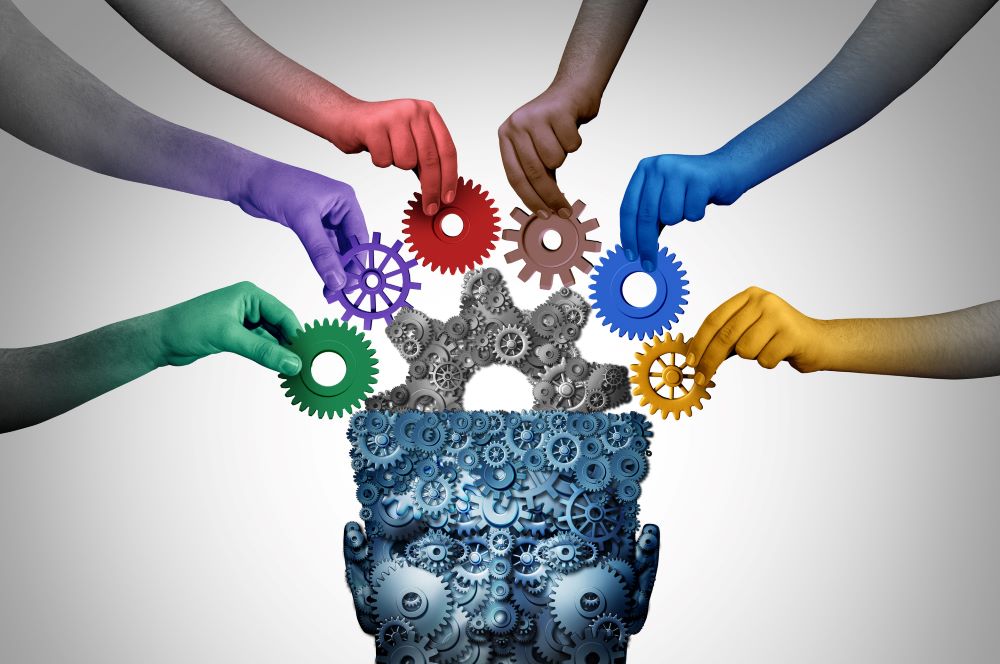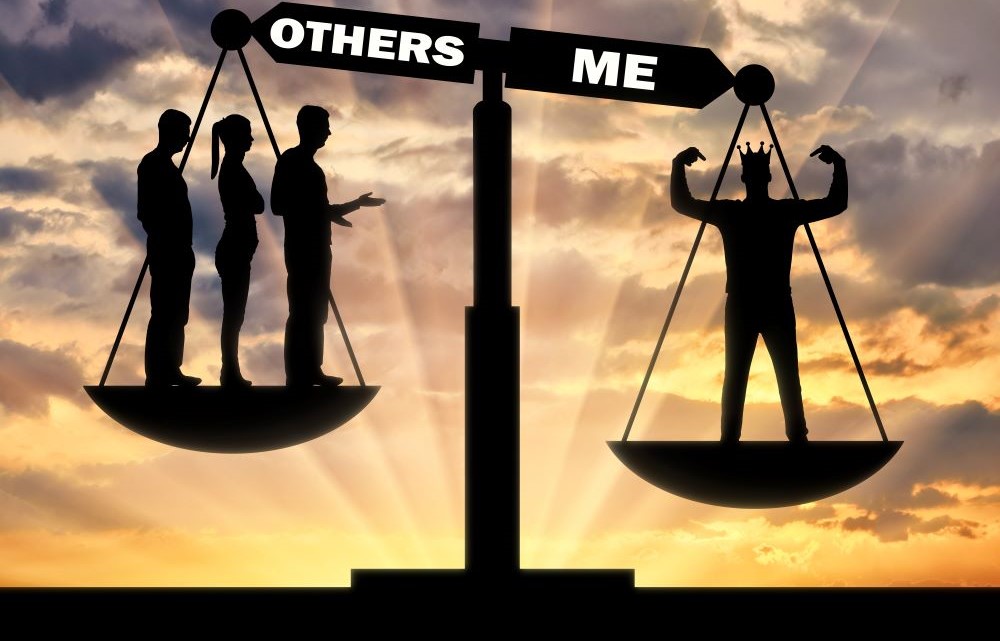Our beliefs about how people learn are not as abstract as they might seem. They show up in everyday practice, subtly shaping how inclusion is understood and acted on – often without us even realising. As educators, leaders and practitioners, we tend to operate on assumptions: about our learners, their needs, and what will help them succeed (Wilkinson, 2021; Wheatley, 2015). But what if some of those assumptions were worth challenging?
Arguably, inclusion is about much more than accommodating differences; it is about ensuring everyone has the opportunity to thrive in ways that matter to them (Kapcia, 2024). This requires us to reflect on how we understand learning and how that understanding informs our practice. At its heart, it is perhaps mostly a question of perspective: do we focus on fixing perceived deficits in individuals, or do we shift our attention to the broader contexts shaping their experiences?
Labels and the power of language
Let’s start with something as simple – and complex – as labels. The language we use, often unconsciously, can carry a lot of weight. Words like ‘low ability’, ‘challenging’, or even ‘special needs’ may subtly shape how we see learners and how they see themselves. These labels often come with assumptions, whether they are about capability, behaviour or potential.
Consider a classroom where a student from a refugee background is labelled as having ‘language difficulties’. While this may highlight a legitimate need, it also risks framing the student through a deficit lens. What might happen if, instead, we asked: What strengths does this learner bring? What experiences, resilience and perspectives could enrich the learning community? This reframing could transform not only how we support learners but also how they engage with learning. It challenges the notion that individuals must conform to a standard model of success and instead focuses on creating an environment that values diverse contributions.

An ‘individual approach’ often focuses on identifying deficits within the learner – whether they are framed as disabilities, gaps in knowledge, or cultural ‘limitations’. Contemporary scholars argue that this perspective can perpetuate exclusion by positioning learners as ‘other’, or inherently lacking compared to normative standards. For instance, it has been observed that minoritised groups – such as women in male-dominated fields, older adults in lifelong learning, or children from disadvantaged backgrounds – are often assessed against generalised benchmarks that overlook their unique contexts (Baidoo-Anu et al., 2023; Solano-Flores and Nelson-Barber, 2001). In contrast, a ‘social approach’ emphasises the relational and structural factors influencing learning. It shifts the focus away from trying to change individuals to better fit the system, and towards identifying and addressing barriers within the environment. This approach is underpinned by an understanding of learning as a dynamic process situated within cultural, historical and social contexts.
Try out the following activity
- First, reflect on a couple of labels commonly used in your practice or educational setting. How might these labels influence the way learners are perceived, both by educators and peers? Consider the potential impact these labels have on learners’ self-esteem and opportunities.
- Now, think about alternative
terms or phrases you could use to reframe these labels, focusing on
highlighting learners’ strengths, potential, and unique contributions instead
of emphasising deficits. How might these changes promote a more inclusive
learning environment?
Creating inclusive learning environments
In light of there being an individual and a social approach to inclusion, what then does it practically mean to create an inclusive learning environment? Particularly in educational settings, it appears that this is not just about adjusting teaching methods or adding resources; it is about rethinking the structures, relationships and assumptions that shape the overall learning experience. Perhaps, Rogoff’s (1995, 2003) sociocultural perspective offers helpful insight here, encouraging us to consider learning across multiple, interconnected dimensions: the institutional or cultural (encompassing policies, norms and practices), the interpersonal (shaped by relationships, social interactions and collaboration), and the intrapersonal (centred on personal meaning-making, reflection and growth).

Imagine a mentorship programme designed to support young women entering traditionally male-dominated fields. On an institutional level, this might involve creating policies that encourage representation and funding opportunities. Interpersonally, it might mean fostering relationships with mentors who model success. And on the intrapersonal level, it could involve activities that build confidence and a sense of agency. This layered approach suggests that inclusion is not about a one-size-fits-all solution but an endeavour that involves attempts to address the systemic, relational and personal dimensions of learning.
Theoretical tools for developing your position on inclusion

It is not always easy to challenge assumptions, especially when they are deeply embedded in how we have often thought about learning. But developing a clear, thoughtful position on inclusion is essential for anyone looking to lead meaningful change.
Theories can feel abstract at times – detached from the everyday realities of practice. However, they could support professionals in developing their critical thinking and reflecting on how familiar challenges could be looked at differently. Rogoff’s sociocultural perspective above is one example. Another example is Freire’s (1972, 1973, 1974) ideas about critical pedagogy which propose that learners are not passive recipients of knowledge but active participants who can challenge and change their circumstances. This theoretical perspective shifts the focus from ‘how can I help this learner fit in?’ to ‘how can I create spaces where this learner can question, shape and thrive?’. Similarly, the concept of funds of knowledge introduced by Moll et al. (1992) challenges deficit-based views by recognising that all learners bring valuable cultural and experiential knowledge to the learning environment. This perspective encourages practitioners to see learners as active contributors, helping to shift the focus from what learners lack to what they bring to the table. Then there’s Bourdieu’s (1977, 1990) work on structure and agency, which provides additional theoretical ‘tools’. Bourdieu argues that while it is true that individuals make choices, those choices are deeply shaped by their environment – whether it is the resources available to them or the unspoken expectations of society. For practitioners and leaders, this means recognising both the barriers learners face and the ways they navigate them.
A prominent theoretical framework in contemporary times is Sen’s (1999, 2009) capability approach. This framework emphasises the importance of enabling individuals to achieve the outcomes they value – not just what others think they should value. For Sen, true development is about expanding people’s freedoms and capabilities to pursue their own goals, with justice best understood as the process of enhancing these capabilities. This suggests that inclusion may not always be about treating everyone the same but about creating opportunities for everyone to flourish in ways that matter to them.
Why reflecting on inclusion matters
Inclusion is not a static goal – it is an ongoing process of reflection, learning and adaptation. By examining our beliefs about learning inclusively, we can acknowledge how our practice is shaped by our values. Questioning assumptions and embracing a broader understanding of how people learn can help us improve our practice as practitioners and leaders.
So, the next time you are faced with a decision about inclusion, you may want to take a moment to reflect: What assumptions are driving your approach? How might you look at the situation differently? And how can you use your beliefs about learning to create spaces where everyone can succeed?
To explore these ideas in more depth and further develop your skills as an inclusive educator and leader, you might want take a look at the Master’s in Education programme and consider a place on the Inclusive Practice specialist pathway – with options to join at Stage 1 or Stage 2, depending on your circumstances.




Rate and Review
Rate this article
Review this article
Log into OpenLearn to leave reviews and join in the conversation.
Article reviews